The franchise business model has a lot of advantages for brands and franchisees alike. Franchise brands get to grow their business and increase their footprint faster by relying on investments from individual owners to open new locations. And, franchise owners get many of the perks of owning their own business with the added advantage of being able to leverage the awareness and resources of an established brand.
But, the franchise model can make executing effective digital marketing campaigns at the local level a challenge. Unlike more centralized models, brand marketers don’t always have strict control over local marketing efforts which can lead to campaigns that don’t align with the brand’s overall business goals or style guidelines.
After helping scores of franchise and multi-location brands implement successful local marketing campaigns here at Mindstream Media Group, I’ve learned a lot about what works and what doesn’t. But before I dive into specific digital marketing campaigns, there are a few things that need to happen to align brand marketers and their franchisees.
- Brands need to establish clear business goals to guide marketing efforts and communicate them throughout the organization.
- Brands need to provide franchisees the resources they need to succeed (co-op dollars, a National Ad Fund, ad creative, training, ongoing support, agency relationships, etc.).
- Franchisees need to commit to investing the time and money necessary to implement brand-compliant campaigns at the local level.
Once these critical steps are taken care of, franchise brands can move on to actually implementing campaigns. Below, I’ve outlined 10 digital marketing initiatives I think are the most important for franchise brands. I’ve divided these efforts up by Owned, Paid and Earned Media types.

When it comes to Owned Media, location-specific assets are crucial for franchise brands. When given the choice, consumers are far more likely to engage with local assets (e.g., location pages, local listings, social profiles, etc.) than brand assets.
 Here are some of the most important Owned Media assets for franchise brands.
Here are some of the most important Owned Media assets for franchise brands.
No. 1: Local business listings
Franchise brands need to implement a robust program to manage local business data for franchisees across major data aggregators (e.g., Acxiom, Factual, Infogroup), search engines (e.g., Google, Bing, Yahoo!), social media profiles (e.g., Facebook, Foursquare, Yelp) and online directories (e.g., YP.com, Superpages, CityGrid).
Related – Best Way for Multi-location Brands to Manage Local Data
It’s especially important to maintain updated information on search engines, as most consumers turn to search when looking for local businesses. But, incorrect information anywhere in the local ecosystem can wreak havoc so it’s important for franchise brands to manage location data across a wide range of sites.
Percent of U.S. consumers who have used the following sources to find local businesses in the past week

No. 2: Optimized location pages
Each franchise should have a specific landing page with unique, location-specific content. These pages improve local SEO efforts and the consumer experience by providing a more relevant experience than sending searchers to generic store locator pages that require them to conduct another search.
It’s important that the business information on these pages matches the corresponding listings. To make sure it does, franchise brands should find a local SEO agency that is able to manage both local listings and location pages.
No. 3: Content Marketing efforts
Blogging and other Content Marketing initiatives are very difficult to implement at the franchise level. But, the corporate marketing team should still provide regular blog content to both educate franchisees and inform local consumers. There are a variety of tools available that allow franchisees to promote this content on their individual social media pages.
No. 4: Maintaining an active social media presence
U.S. social network users

Most listings management solutions also populate and optimize location-specific profiles on key social media platforms. Once the local profiles are set up, it’s important to post on a regular basis. Brand marketers can support this effort using the Content Marketing initiatives mentioned above, with franchisees supplementing that content with locally-focused posts. (For brands concerned with rogue content getting pushed out by franchisees, there are a number of tools available to require approval for local posts.)

For franchise brands, paid media campaigns work best when they’re set to geo-target consumers in specific areas. Whether managed at the corporate level or by individual franchisees, paid media campaigns should focus on consumers within each location’s service area and deliver custom, localized ads. Any advertising dollars spent outside of that radius is likely to be wasted.

Here’s a real-life example. Recently, a crack appeared on my car’s windshield. I pulled out my phone and searched for “car window repair.” I didn’t include any geo-modifier, assuming I’d only get results for companies in my area. (This is becoming more common. According to Google, local searches without a “near-me” modifier have grown by 150 percent as more consumers expect to just see results for nearby businesses for certain searches.)
I started calling for quotes. When I called the second result in the paid search ads, I was told they didn’t serve my area. As a consumer, I was a little annoyed, but as someone who works in digital marketing, I was surprised and disappointed. Why would this well-known national company (which I’ll keep anonymous), one of the premier brands in their industry, spend money on actions from paid search results from consumers that can’t even convert?
I pulled up Google AdWords to check, and the top of page bid (high range) for that search term was almost $19 based on my location. Which means that company wasted as much as $19 on a consumer they had no chance of converting. For a one-time event, that’s not a big deal but that term is searched for hundreds of times a month in my area and the brand’s ad appeared second in the paid search results, meaning they could be wasting a few hundred dollars of ad spend per month in my market alone.
To avoid that fate, here are a few paid advertising campaigns franchise brands should optimize around individual locations.
No. 5: Launching local paid search campaigns
Franchise brands should supplement national paid search efforts with hyper-local campaigns targeting consumers in specific markets with ads and landing pages for specific locations. For Google AdWords campaigns, franchise brands should leverage local tactics like:
- Location extensions: These ad extensions provide searchers information to help them find your locations (e.g., business address, phone number, map markers, etc.).
- Local inventory ads: These ads show searchers the available inventory at nearby locations in near real-time.
- Local bid adjustments: These allow you to increase your bids when nearby consumers search for one of your keywords.
No. 6: Launching localized display campaigns
No. 7: Launching localized video campaigns
Franchise brands should follow a similar approach with display and video ads. Keep national efforts going, but make sure they’re complemented by local campaigns that focus on consumers within specific locations’ service areas.
One interesting way to target display ads to local consumers is with Geo-fencing. Brands can connect with consumers in the moments they’re ready to buy by creating “geo-fences” around relevant places (e.g., competitors’ locations). Brands can then serve ads to consumers in those areas and for up to 30 days after they leave. You can also target your locations to stay engaged and promote repeat sales.
Related – [Infographic]: 5 Ways to Target Digital Display Campaigns
Earned Media

As I mentioned above, the majority of consumer engagement goes to location-specific assets rather than the brand. This means that a lot of the public communication between consumers and brands is done at the local level. Franchise brands need to provide individual owners the resources to begin and maintain a conversation with consumers online.
No. 8: Managing and responding to online reviews
It’s important for all brands to monitor their online reviews but with franchise brands, the process becomes trickier as reviews are scattered across hundreds or thousands of locations. With the number of sites customers can use to leave reviews (e.g., Facebook, Google, Yelp, etc.), this is almost impossible for franchise brands to do without a tool or an agency partner.
No. 9: Encouraging customers to leave positive reviews
Consumers are more likely to leave reviews after negative experiences. However, people are becoming more likely to leave reviews after positive experiences across a variety of business-types. It’s important not to be pushy, but franchise owners and their employees should encourage customers to leave positive reviews when they visit a location.
No. 10: Engaging with social media audiences
Going a step further than responding to reviews, franchise brands should also engage with social media followers who have reached out (e.g., commenting on a Facebook post). Social media allows two-way communication between a business and its customers that can develop strong relationships, brand loyalty and repeat purchases.
That’s a big to-do list for brands and franchise owners alike. If you need an agency partner who can help you accomplish all of these marketing efforts, contact Mindstream Media Group to learn about our full suite of digital and traditional marketing solutions designed to Fast-Forward Your Business.
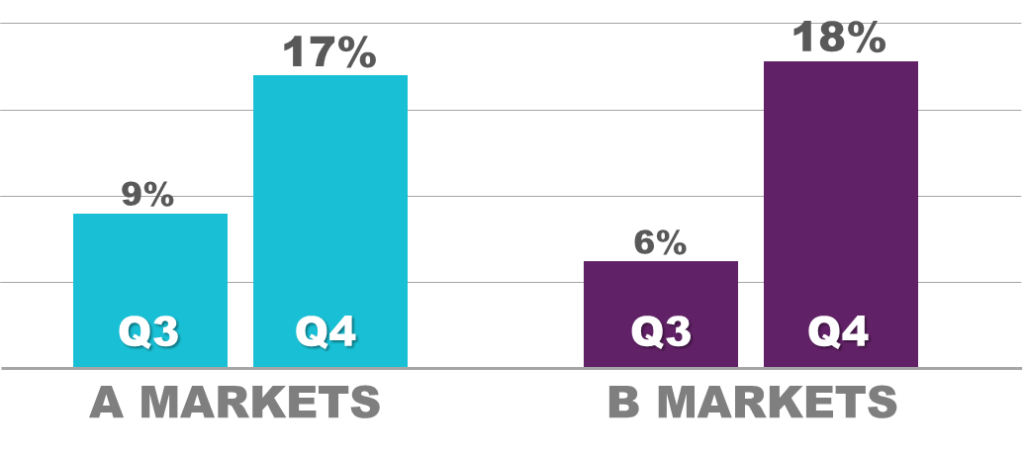
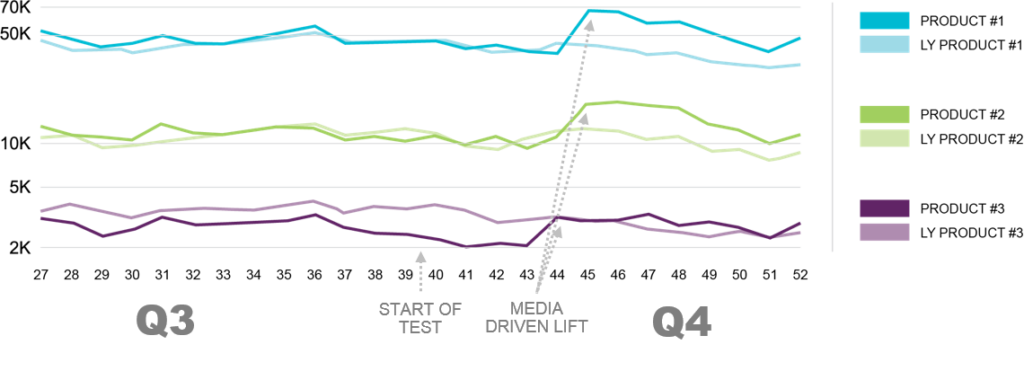

![[Case Study]: Redefining CPG Media Mix for Immediate Growth](https://mindstreammediagroup.com/wp-content/uploads/2020/08/GettyImages-1129667981-scaled.jpg)

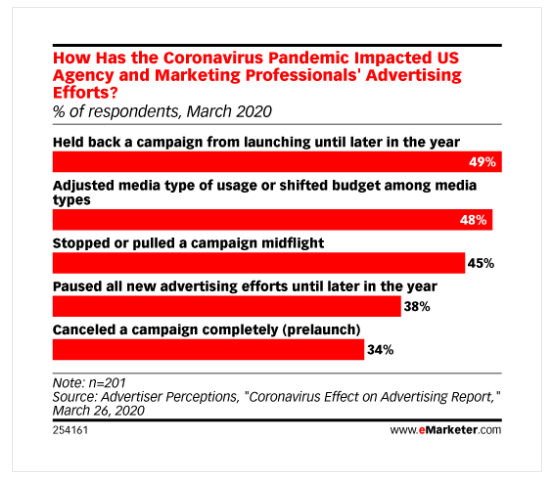
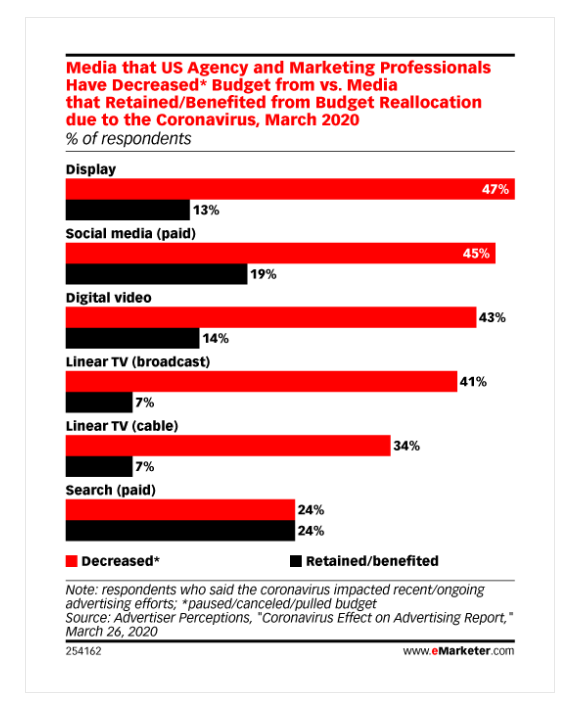
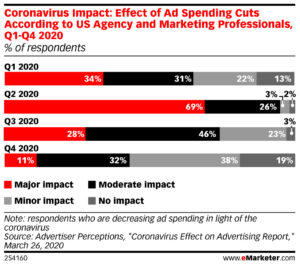
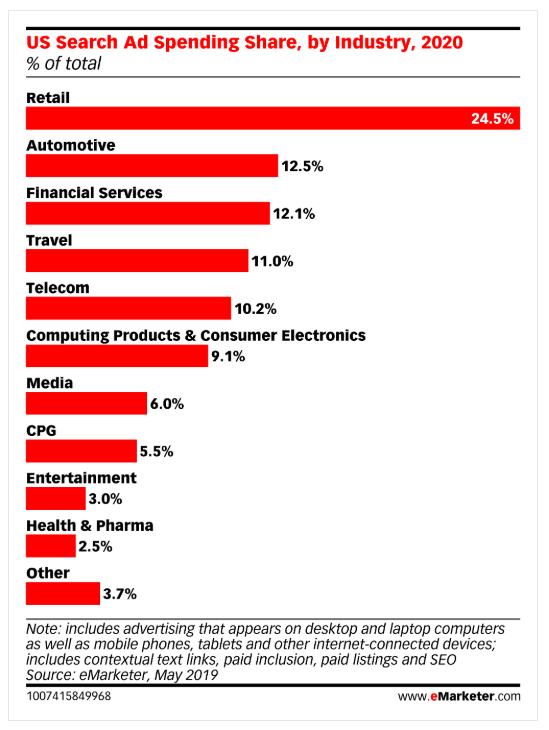
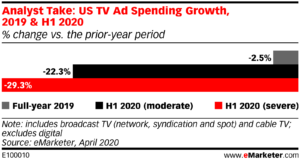


 Here are some of the most important Owned Media assets for franchise brands.
Here are some of the most important Owned Media assets for franchise brands.





![[APRIL 2018] TL;DR Roundup – Obligatory Facebook Update, YouTube TrueView Ads and Programmatic Ad Spending Updates](https://mindstreammediagroup.com/wp-content/uploads/2018/04/business-email-marketing-online-concept-header-image.jpg)


